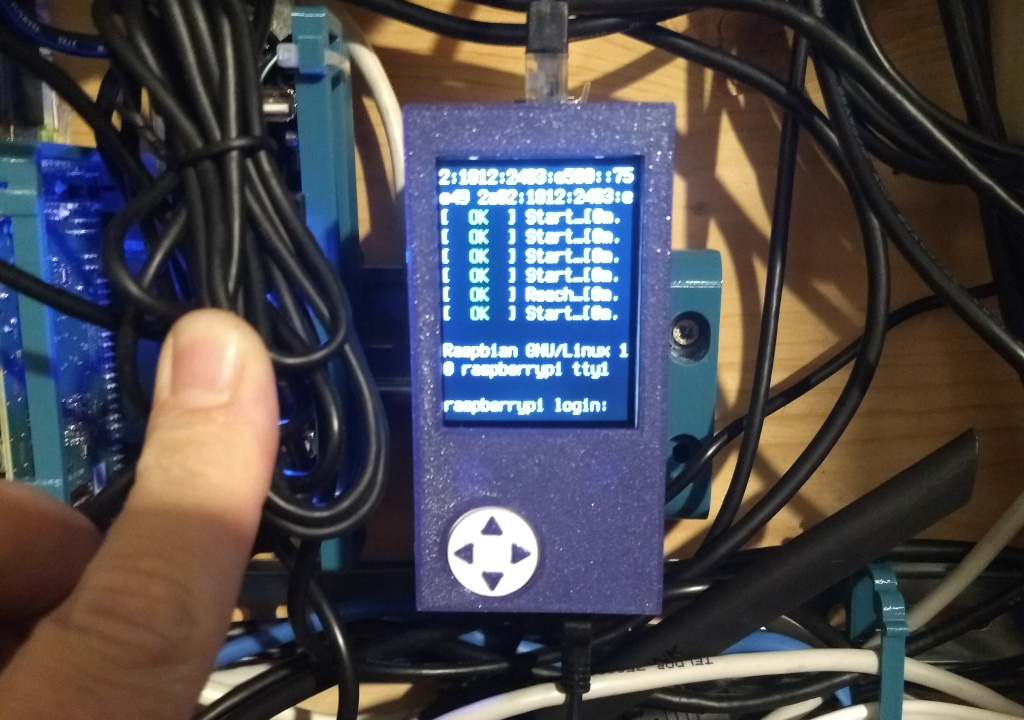
Hi, I'm Thomas, welcome to my homepage!
This is where I document some of the things I create as a hobby. Topics include making, designing and hacking electronics, devices, software and 3D printing. Enjoy and don't hesitate to say hi!
Hi, I'm Thomas, welcome to my homepage!
This is where I document some of the things I create as a hobby. Topics include making, designing and hacking electronics, devices, software and 3D printing. Enjoy and don't hesitate to say hi!